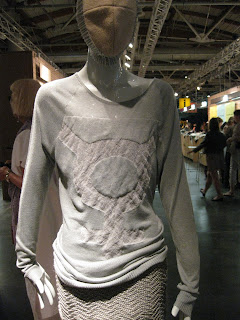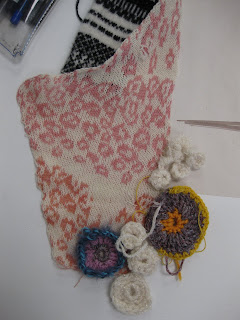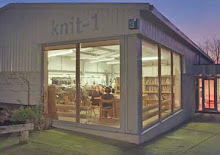

We're nearly at the end of another successful 6 week course. Within the 6 week course, each week you can choose between two machine knit techniques. This time around on week two everyone chose to study Cables.
We look at all aspects of knotting and cabling so it makes sense to study the humble art of Macrame. A firm favourite of 1970s craft magazines and the ultimate way to make a cheap rope hanging plant pot ( should you need one) it also has infinite applications in fashion.
Making cables off the machine is a great way to play with and sculpt your knots.






















































